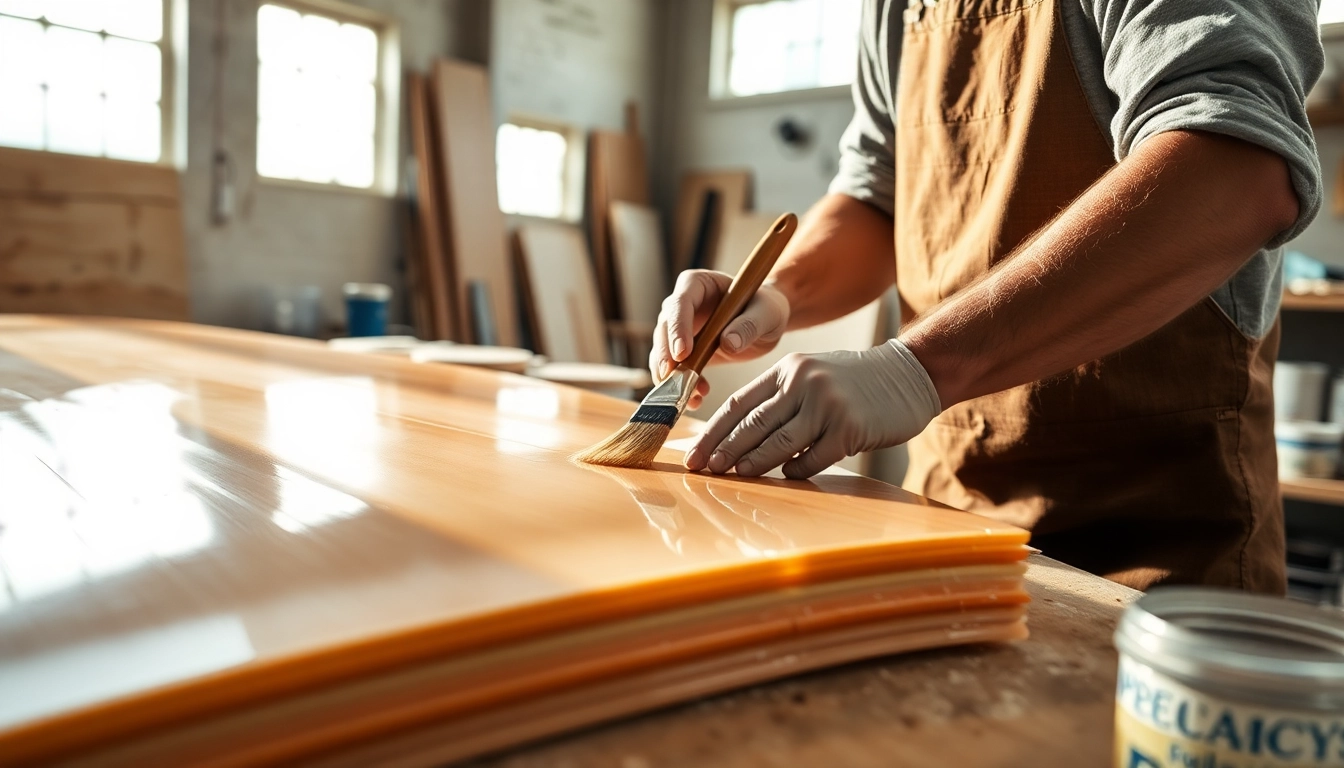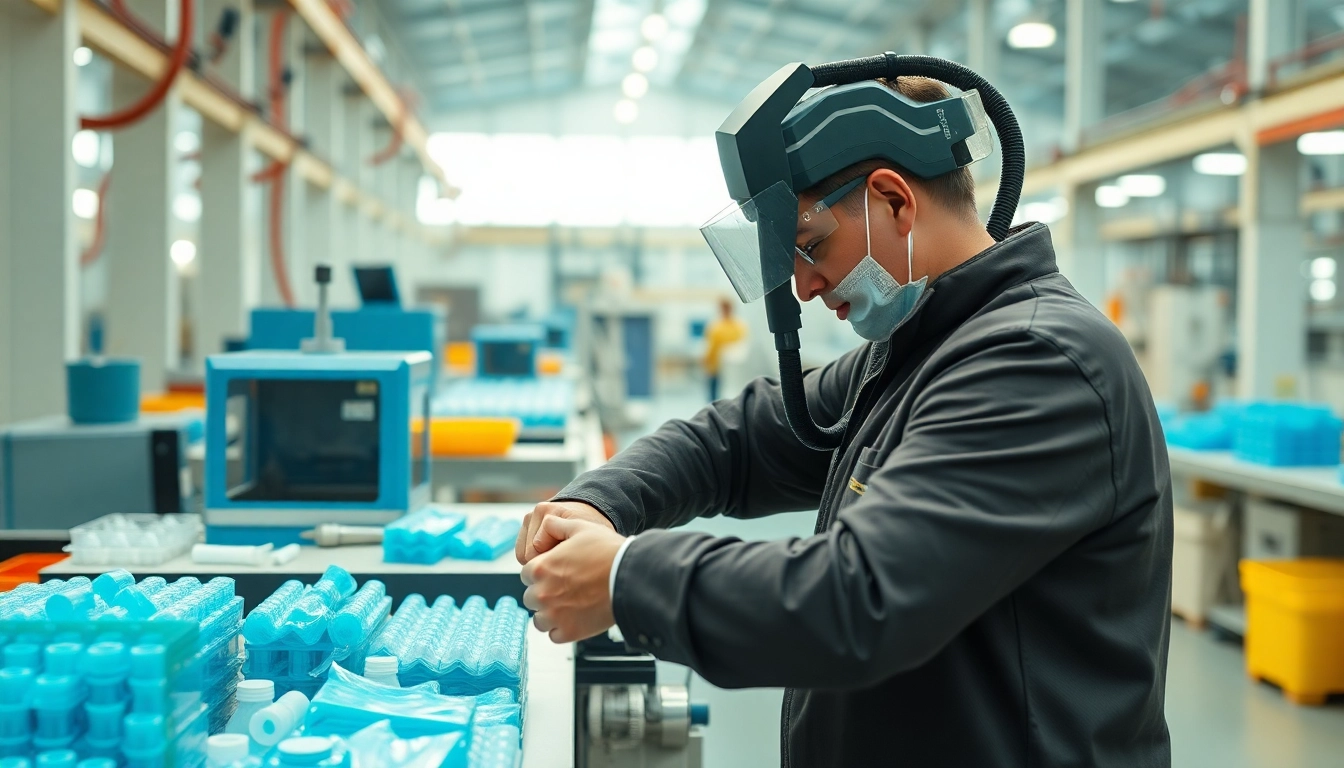Introduction to Laminating Resin
Laminating resin is an essential component in various industries, notably in marine, automotive, and construction sectors. Its unique properties make it ideal for reinforcing structures and creating durable composites. The versatility of laminating resin allows it to be used in numerous applications, contributing to the overall strength and longevity of the materials it is combined with. Understanding how to utilize laminating resin effectively can lead to enhanced performance and cost savings in manufacturing processes. For more detailed insights on functionalities and specifications of laminating resin, this article will delve into its types, benefits, and application techniques.
What is Laminating Resin?
Laminating resin is primarily used in the production of composite materials. It serves as a binding agent that saturates the reinforcing fabrics, providing a solid structure once cured. Generally available in two main forms—polyester and epoxy—laminating resins are distinguished by their adhesive properties, chemical resistance, and curing characteristics. The specific choice between these types often hinges on the intended application and the environmental conditions the product will face post-application.
Types of Laminating Resin
Understanding the distinction between various types of laminating resins is crucial for selecting the right material for any specific application. The primary categories include:
- Polyester Laminating Resin: This type is known for its rapid curing time and ease of use. It is often chosen for marine applications due to its strong adhesion properties and resistance to moisture.
- Epoxy Laminating Resin: Epoxy resins offer superior structural integrity and chemical resistance. They are particularly beneficial for aerospace and automotive industries where performance and durability are paramount.
- Vinyl Ester Laminating Resin: Combining aspects of both polyester and epoxy resins, vinyl ester resin boasts improved resistance to corrosion and heat, making it suitable for more demanding applications.
Applications of Laminating Resin in Various Industries
Laminating resin finds utility across a spectrum of industries due to its versatile applications:
- Marine Industry: Its primary use is in boat building, where it is employed to reinforce fiberglass hulls and decks because of its water-resistant properties.
- Automotive Sector: Laminating resin is used to manufacture lightweight composite panels, which enhance fuel efficiency without compromising safety.
- Construction: In the construction domain, laminating resin is crucial for producing durable panels and other building materials that can withstand environmental factors.
- Aerospace: The excellent strength-to-weight ratio of laminating resins makes them ideal for structural components in aircraft that require both light weight and high durability.
Benefits of Using Laminating Resin
The benefits associated with laminating resin extend beyond mere structural applications. They include:
Strength and Durability
One of the standout features of laminating resin is its exceptional strength and durability. When cured, laminating resin forms a robust bond with the reinforcing materials, providing enhanced mechanical properties. This results in composites that can endure substantial stress, making them ideal for demanding applications such as marine and automotive construction.
Cost-Effectiveness in Projects
Using laminating resin can lead to significant cost savings in the long run. The durability of the composites reduces the need for frequent repairs or replacements, which can be particularly costly in industrial settings. Additionally, the efficiency of the application process—often requiring fewer materials and steps than alternative methods—can decrease overall project time and costs.
Easily Customizable for Different Uses
Laminating resin can be tailored to meet the specific needs of any project. By adjusting curing times, pot life, and mixing ratios, manufacturers can create a product that suits their exact requirements. This customization extends to color and viscosity adjustments, accommodating various aesthetic and functional goals.
Best Practices for Working with Laminating Resin
Maximizing the potential of laminating resin requires adhering to best practices during preparation and application:
Preparation of Materials and Workspace
Before beginning any project, a clean workspace is crucial. Ensure that surfaces are free from dust, grease, or contaminants, as these can affect the curing and bonding quality of the resin. All tools and materials should be organized and ready to use to facilitate a smooth application process. It is also advisable to check that the proper safety equipment is in use, such as gloves, goggles, and masks, as some resins can emit harmful fumes during mixing and curing.
Mixing and Application Techniques
Proper mixing of laminating resin is essential to attain the desired properties. Follow the manufacturer’s instructions for mixing ratios and avoid over-mixing to prevent undue air incorporation, which can lead to bubbles in the final product. Application techniques may vary by type; however, generally using a brush or roller allows for even distribution across the reinforcing material. Ensuring adequate saturation is critical for achieving maximum bond strength.
Curing and Finishing Processes
The curing phase is where the laminating resin hardens and achieves its structural integrity. Ensure that the environment meets the resin’s recommended temperature and humidity levels during this phase for optimal curing. Post-curing processes may include sanding and applying additional layers, if necessary, to achieve the desired finish and surface smoothness. Understanding the required cure times is essential to avoid premature handling of the material.
Common Challenges with Laminating Resin
Despite its advantages, working with laminating resin can present challenges that users must proactively manage:
Pitfalls in Application
Common problems include incomplete curing, poor adhesion, and air bubble formation. Each of these issues stems from improper mixing or environmental conditions during application. Adhering to best practices in preparation and application can mitigate these risks.
Environmental Considerations
Laminating resins can emit volatile organic compounds (VOCs) during the curing process, raising environmental and health concerns. Utilizing low-VOC alternatives or working in well-ventilated areas can partly address these concerns. Additionally, exploring options such as bio-based laminating resins may also align with sustainability goals.
Dealing with Defects and Repairs
Like any material, defects can occur during application. If bubbles or voids appear, identifying the source of the issue is crucial for effective repair. This may involve reinforcing the afflicted areas and applying additional layers of resin. Practical techniques include sanding and reapplication to patch up areas of concern, ensuring integrity is maintained.
Future Trends in Laminating Resin Technology
The laminating resin industry is constantly evolving. Innovations and trends are emerging, which will shape future applications:
Innovations in Formulations
Continual research into new formulations is paving the way for laminating resins with improved properties, such as enhanced longevity, lowered toxicity, and increased strength. Novel polymer blends are also being studied to further optimize the performance characteristics of laminating resins.
Increased Sustainability Efforts
In line with global sustainability trends, manufacturers are seeking to produce laminating resins from renewable resources to both reduce environmental impact and comply with stricter regulations. This shift is creating a growing market for sustainable laminating resin alternatives.
Impact on Industry Standards
As manufacturers innovate, industry standards will continue to evolve to reflect new practices and materials. Adhering to these standards is vital for quality assurance and market competitiveness, pushing companies to adapt and adopt new technologies in their manufacturing processes.



